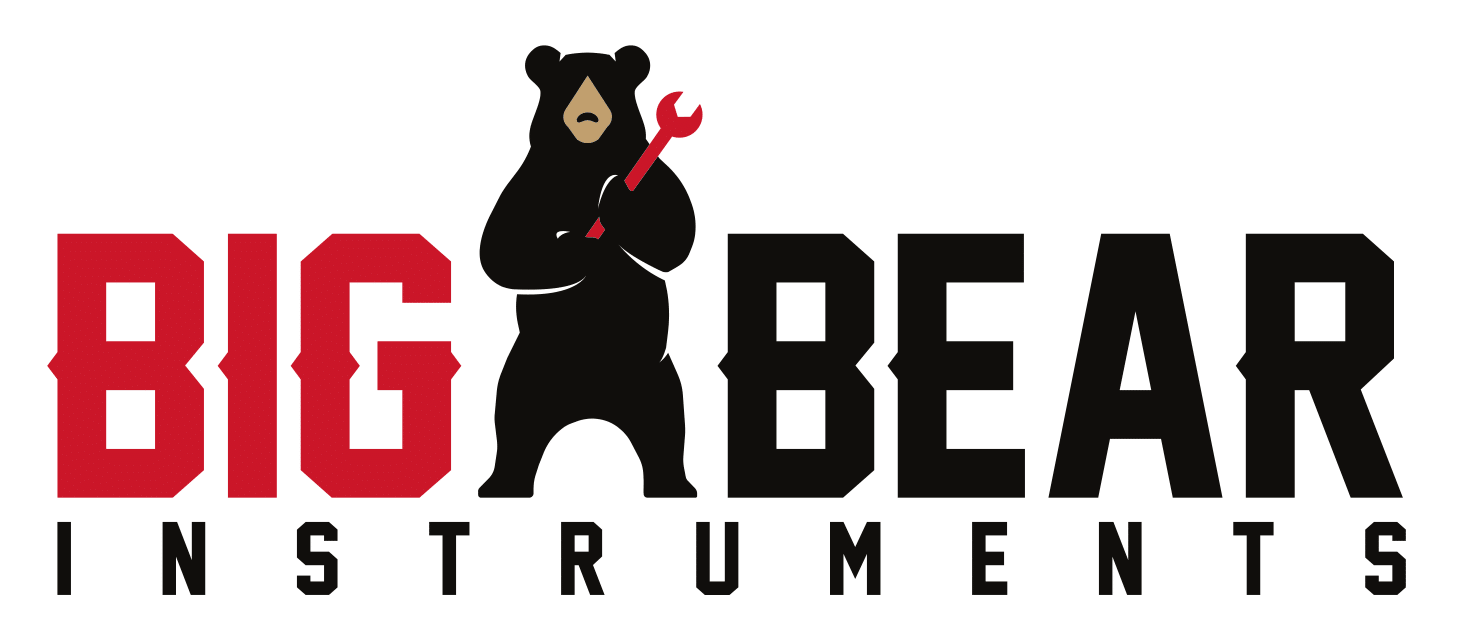_900.jpeg)
A dependable pressure gauge plays a critical role in monitoring pressure within industrial processes. However, pressure gauges may encounter various issues that can impact their accuracy and performance. In this blog post, Big Bear Instruments will delve into common pressure gauge failures and provide practical troubleshooting tips. Whether you're dealing with mechanical vibration, extreme temperatures, or overpressure situations, Big Bear Instruments is here to guide you through the process.
Key Questions: Before we embark on the troubleshooting process, let's address some common questions that arise when dealing with pressure gauge issues:
How do you troubleshoot a pressure gauge?
Troubleshooting a pressure gauge involves a systematic evaluation of potential issues. In this guide, we'll break down the process step by step, addressing common problems like mechanical vibration, pulsation, extreme temperature, pressure spikes, overpressure, corrosion, clogging, and mishandling/abuse.
Can you recalibrate a pressure gauge?
Yes, pressure gauges can be recalibrated to ensure accuracy. We'll discuss the importance of regular calibration and provide insights into when and how recalibration should be performed.
What will happen if the pressure gauge is not accurate?
Inaccurate pressure readings can lead to severe consequences in industrial processes. We'll explore the potential risks associated with inaccurate pressure gauges and emphasize the importance of promptly addressing calibration and accuracy issues.
Common Pressure Gauge Failures and Troubleshooting Tips:
Mechanical Vibration:
Issue: Vibrations in the machinery can impact gauge accuracy.
Troubleshooting: Consider using vibration isolators or snubbers.
- Vibration Isolators: Install vibration isolators to reduce the impact of machinery vibrations on the gauge. These accessories absorb and dissipate vibrations, ensuring more stable readings.
- Snubbers: Consider using pressure snubbers, devices that control the rate at which pressure is applied to the gauge. Snubbers can mitigate the effects of rapid pressure changes caused by vibrations.
- Robust Construction: Opt for pressure gauges with rugged construction designed to withstand mechanical vibrations. Big Bear Instruments offers gauges engineered for durability in challenging industrial environments.
Pulsation:
Issue: Pulsating pressure can cause fluctuations in gauge readings.
Troubleshooting: Install a pulsation dampener or use a gauge with a dampened movement for stable readings.
- Pulsation Dampeners: Install pulsation dampeners to smooth out pressure pulsations. These devices minimize the impact of rapid pressure changes, resulting in more accurate and stable gauge readings.
- Dampened Movement: Consider using pressure gauges with a dampened movement. This feature absorbs shocks and vibrations, providing a more consistent and reliable measurement in pulsating conditions.
Extreme Temperature:
Issue: High or low temperatures can affect gauge components.
Troubleshooting: Select gauges with temperature compensation features or install heat shields and cooling elements.
- Temperature Compensation: Choose pressure gauges with temperature compensation features. These gauges automatically adjust readings based on temperature changes, ensuring accuracy in extreme conditions.
- Heat Shields and Cooling Elements: Install heat shields to protect gauges from excessive heat and use cooling elements in high-temperature environments. This helps maintain the optimal operating temperature for the gauge.
Pressure Spikes:
Issue: Sudden pressure spikes can damage the gauge.
Troubleshooting: Use pressure snubbers or relief valves to protect the gauge.
- Pressure Snubbers: Use pressure snubbers to attenuate sudden pressure changes and protect the gauge from damage. Snubbers control the rate at which pressure is applied, preventing abrupt spikes.
- Relief Valves: Install relief valves in the system to release excess pressure before it reaches the gauge. This safeguards the gauge from pressure spikes and extends its lifespan.
Overpressure:
Issue: Exceeding the gauge's pressure limit can lead to damage.
Troubleshooting: Install a pressure relief valve and choose gauges with appropriate pressure ratings.
- Pressure Relief Valves: Implement pressure relief valves to divert excess pressure from the gauge. This protective measure ensures that the gauge operates within its specified pressure range.
- Appropriate Pressure Ratings: Choose pressure gauges with appropriate pressure ratings for your specific application. Big Bear Instruments offers a range of gauges designed to handle varying pressure levels safely.
Corrosion:
Issue: Harsh environments can cause corrosion and affect gauge integrity.
Troubleshooting: Select corrosion-resistant materials for the gauge.
- Corrosion-Resistant Materials: Big Bear Instruments provides gauges that withstand corrosive environments, ensuring longevity and accuracy.
Clogging:
Issue: Clogged pressure connections impede accurate readings.
Troubleshooting: Regularly inspect and clean pressure ports.
- Regular Inspection and Cleaning: Establish a routine for inspecting and cleaning pressure ports to prevent clogging. Regular maintenance helps ensure unobstructed pressure flow and accurate measurements.
- Robust Designs: Choose pressure gauges with rugged designs that minimize the risk of clogging. Big Bear Instruments offers gauges engineered for reliable performance in demanding industrial settings.
Mishandling/Abuse:
Issue: Physical damage from mishandling affects gauge performance.
Troubleshooting: Educate personnel on proper handling.
- Proper Handling Education: Educate personnel on the correct handling procedures for pressure gauges. This includes avoiding impacts, drops, and other physical abuse that can compromise the gauge's accuracy.
- Durable Construction: Invest in pressure gauges with durable construction designed to withstand the rigors of industrial environments.
By addressing these troubleshooting tips, you can enhance the performance and longevity of your pressure gauges. Maintaining the accuracy and reliability of your pressure gauges is essential for the smooth operation of industrial processes. You can ensure optimal performance by understanding and addressing common issues like mechanical vibration, pulsation, extreme temperature, pressure spikes, overpressure, corrosion, clogging, and mishandling/abuse.
Big Bear Instruments offers multiple types of calibration services, such as NIST traceable certification of instruments, repair of pressure gauges, and mounting pressure instruments to diaphragm seals. Our range of high-quality gauges, calibration, and support services ensure that your pressure instrumentation meets the highest standards. Contact Big Bear Instruments for all your pressure gauge needs, and let us help you keep your processes running smoothly.

 PROCESS CONTROL & MEASUREMENT SOLUTION EXPERTS
PROCESS CONTROL & MEASUREMENT SOLUTION EXPERTS